Australian Hay Update - Friday 15th September
The long range rain forecast for September to November reflects a 60% to greater than 80% chance of below median rainfall for most of Australia. Above median maximum temperatures are very likely for almost all of Australia and warmer than median minimum temperatures are likely to very likely for most of western and southern Australia.
We thank our customers for your continued support and loyalty and welcome you to be amongst the first to place pre-orders for 2023 hay. It is expected that 2023 yields will be lower than average in all growing regions however the quality is expected to be above average. We are excited by what we have seen so far and look forward to sharing pricing and feed test results with you as they are received.
To discuss your requirements or to place an order please contact your Balco Sales Manager.
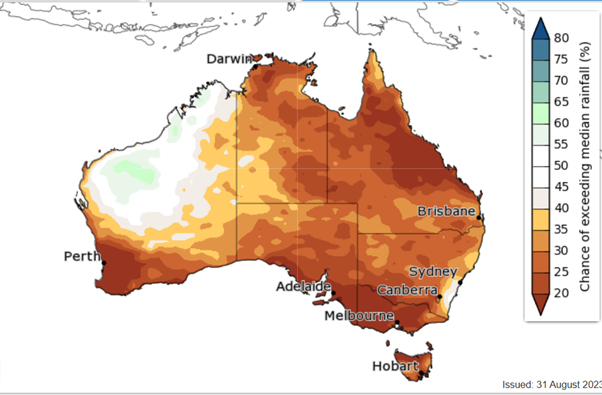
South Australia Season Update
A slow start to the season and not much early rainfall in South Australia meant that seeding was delayed.
High rainfall post seeding supported the germination of crops. While there were some frosts over the winter months, we are experiencing the predicted warmer conditions with reduced rainfall. This slowed the progress of a lot of hay crops and has had an influence on yield potential. A widespread rain event in the middle of August put things back on track with slightly below average yields expected.
With a predicted dry and warmer spring this year, South Australia is on track for slightly below average hay yields of high quality. The cutting of hay crops will begin over the next week or so in some regions of South Australia that typically cut earlier. New season hay is expected to be delivered to Bowmans in the second half of September. The feedback from our growers is to expect high quality 2023 hay to start arriving soon.
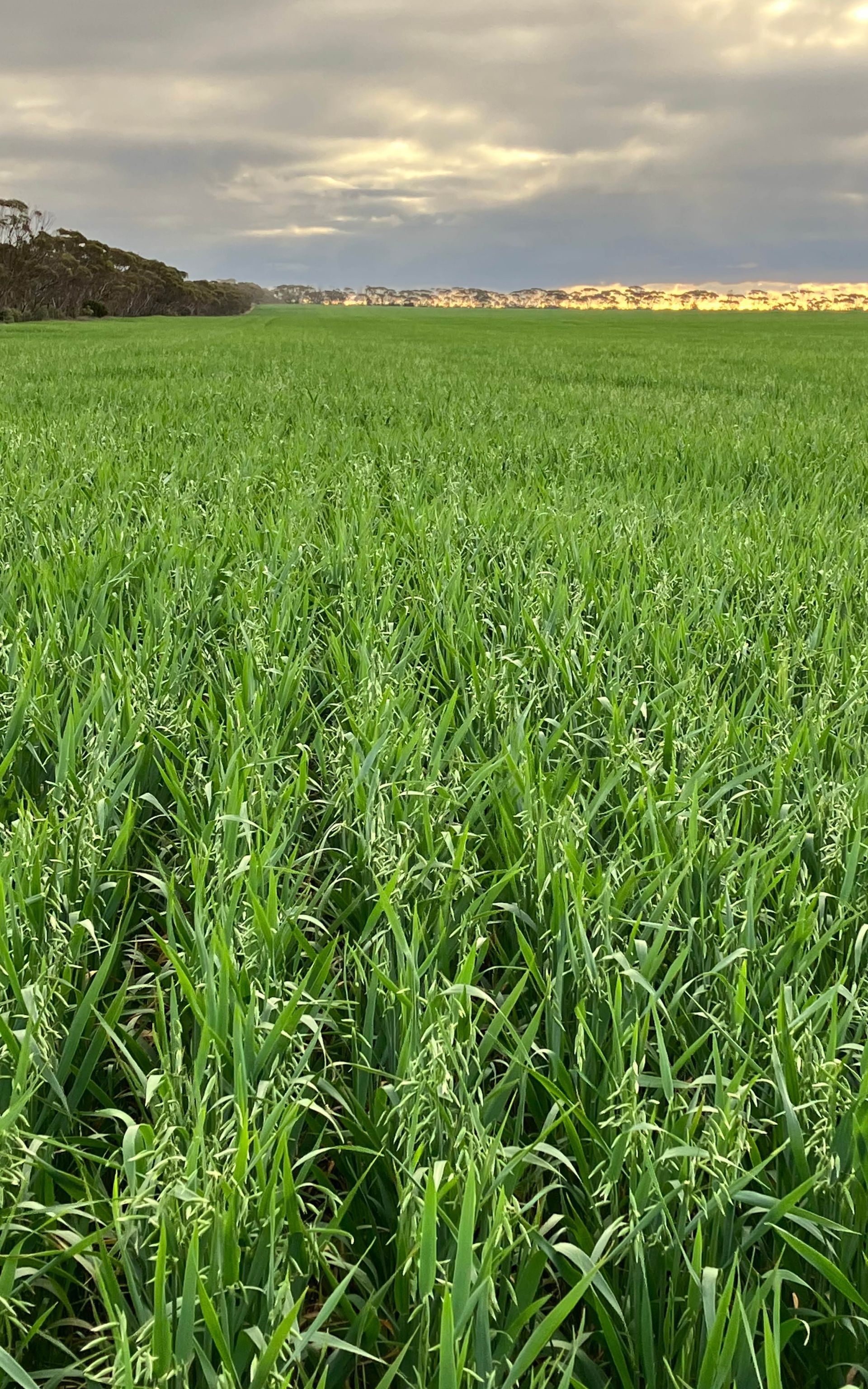
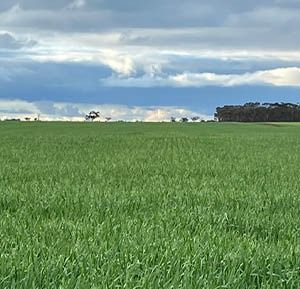
Western Australia Season Update
The quality of crops are looking good, and are varying from 7 to 14 days from cutting.
Our farmers are all positive about the season ahead and forecast that Western Australia is set for another good season of hay. The forecast is for warm dry days until the end of the season, which will support the cutting and conditioning of hay.
The Hyden area is expecting to meet the long-term average yield of 4 tonne to the hectare. Crops in the Corrigin area vary in maturity due to different seeding times and sitting close to a predicted 5 to 6 tonne. Areas surrounding Brookton still have growing time and we expect a minimum of 6 tonne to the hectare.
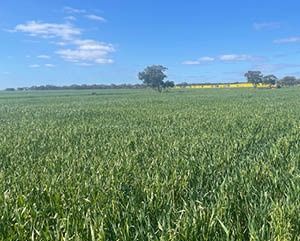
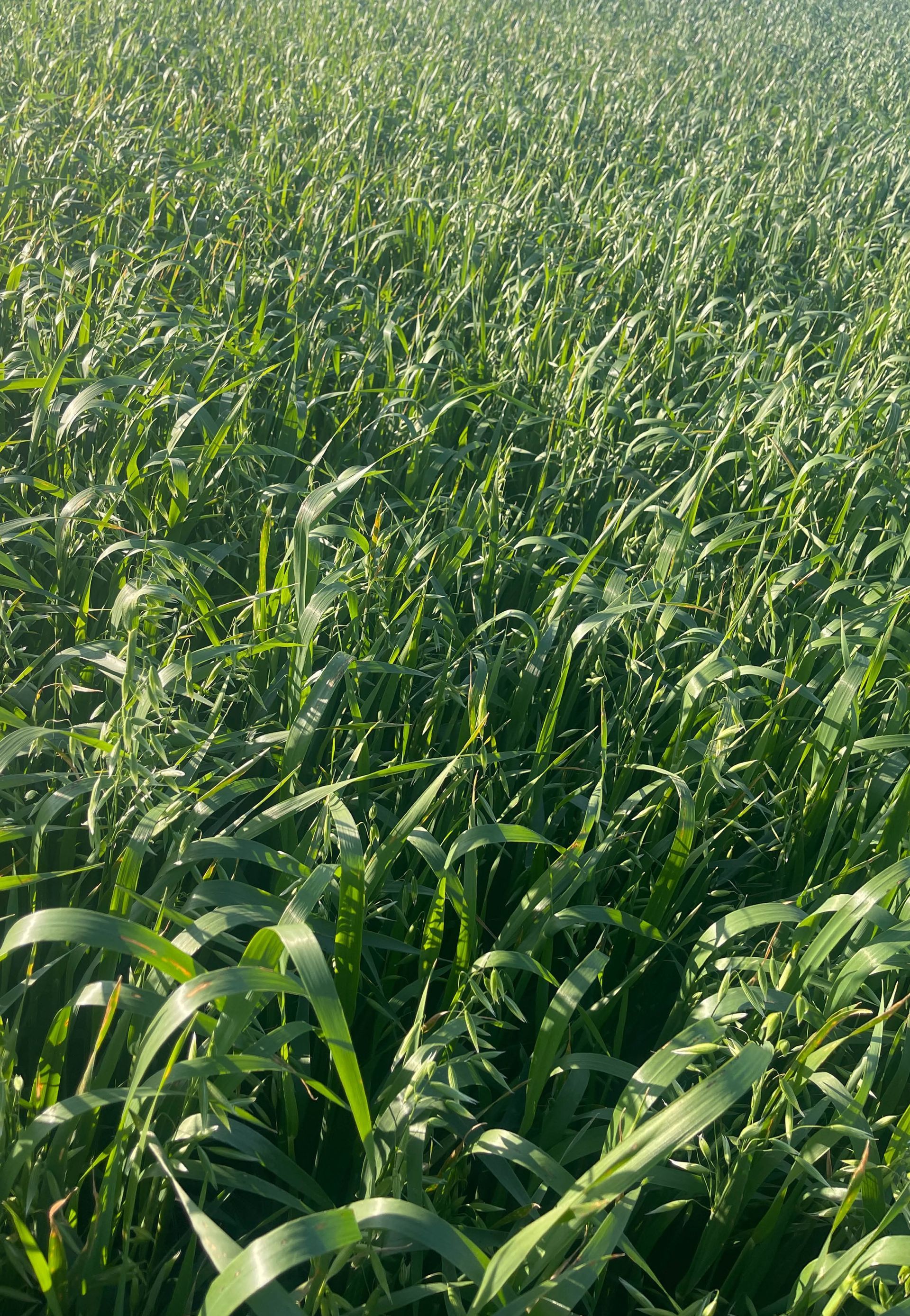
Victoria Season Update
After an extremely challenging 2022 season, everything is looking positive across all our growing regions. Crops look extremely healthy with fine stems, minimal brown leaf or fungal issues and a nice deep green colour.
Northern Mallee/Southern Riverina
The region had a consistently dry period from late April until the end of May, enabling all crops to get sown without any issues. A wet June has set the region up to move forward with a full soil moisture profile. Consistent shower events up until now have everything looking fresh and healthy.
A small portion of growers will commence cutting their crops in the second week of September with the remainder looking to cut towards the end of the month. Weather permitting, we should see some quality hay flow through to production late September early October. Estimated average yields 6-7 t/ha.
Central / Local
Very similar growing conditions to the Mallee, all crops are progressing nicely and with the seasons starting to change and with the days warming up we are seeing growth in the oat crops of around 100mm over the past week. With a full soil moisture profile crops are looking very healthy, thankfully not excessively large crops, but look to be on their way to be better than average yields.
Most farmers are looking at cutting around the second week in October. Estimated average yield 6-7 t/ha.
Southwestern / Southern Wimmera / Mallee
A wet start to the growing season has made things more challenging in our southern growing region. Thankfully a dry July and early August enabling everything back on track.
As with our central area the extra warmth has enabled crops to finally start to show some good growth over the past few weeks, to put them in a good position moving forward.
With crops still in their final growth stage, growers are looking at cutting the first or second week in October. Estimated average yield 5-6 t/ha.
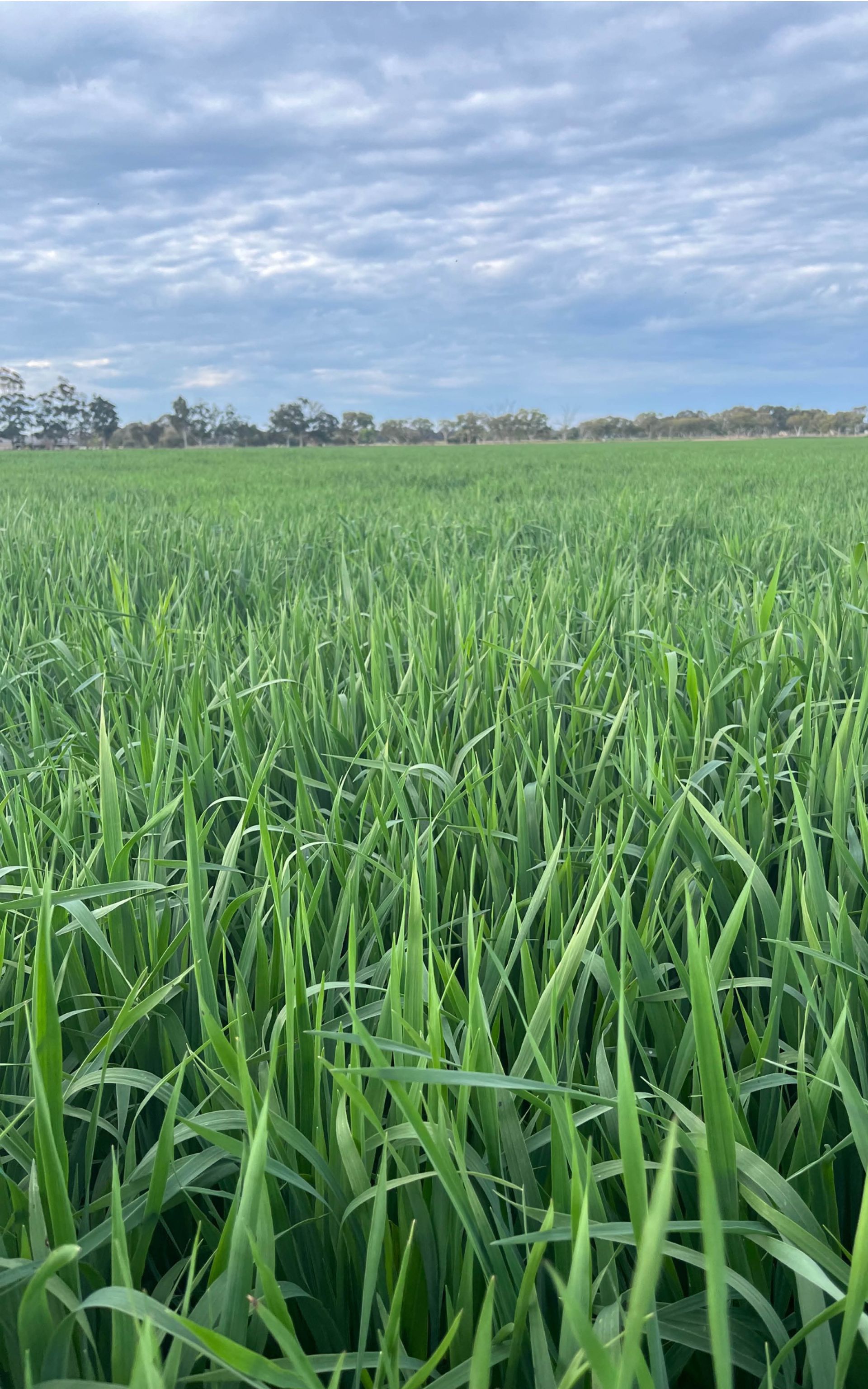
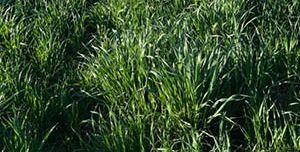
Research unlocks new potential of oaten hay in dairy production: Agrifutures
A study from the University of Melbourne has shown that high-quality oaten hay could improve animal production, especially in dairies and feedlots, and support the sustainable development of dairy production both in Australia and overseas.
The 2023/24 oaten hay season is off to its best start for a number of years and with improved long haul freight rates, it is expected that products destined for the Middle East will be in strong demand. The team at Basis Commodities is available to discuss fodder requirements and also to support our clients with technical information. Our close association with BALCO Australia will ensure the appropriate information is shared with nutritionists and the livestock output is at optimal levels.
Please follow the link and enjoy this video detailing the support from Basis Commodities and BALCO Australia.
Please contact Nader Hassan or Steven Foote, who are available to support any fodder needs for the season.
Steven Foote
Sydney, Australia
M: 0408 308 908
E: steven@basiscommodities.com
Nader Hassan
Dubai, UAE
M: +971566915688
E: nader@basiscommodities.com
Sign up to our mailing list
Share This Article
Other articles you may like
Sign Up
Enter your email address below to sign up to the Basis Commodities newsletter.








